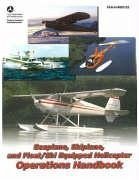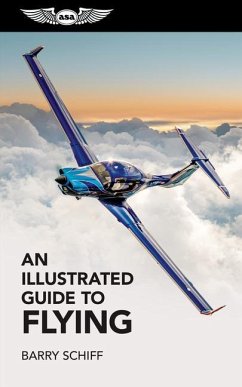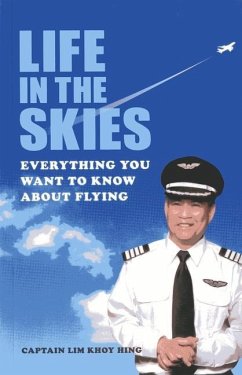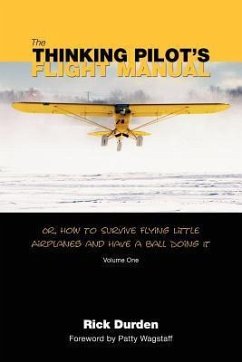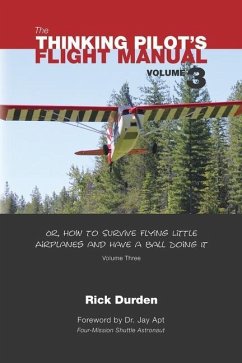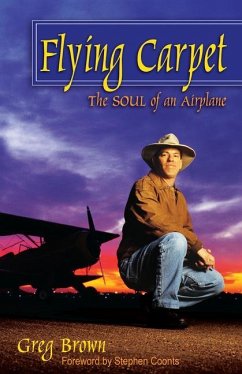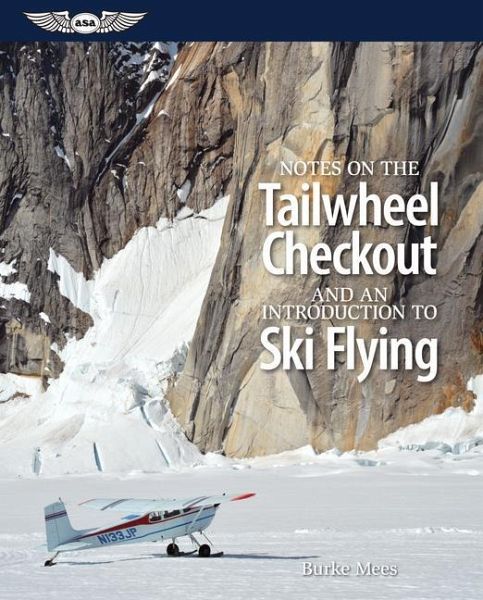
Notes on the Tailwheel Checkout and an Introduction to Ski Flying

PAYBACK Punkte
8 °P sammeln!
"This book covers the basics for an initial tailwheel and ski checkout and contains commentary on the finer points of these topics. It is meant to be useful not only to the beginner first making the transition, but also to provide insights to the pilot or instructor who is already flying these kinds of airplanes. Most skiplanes are tailwheel airplanes and in the northern latitudes, ski flying is a seasonal variation of tailwheel flying. A lot of people fly a tailwheel airplane on wheels in the summer, then put the same airplane on skis in the winter. A tailwheel checkout is often followed up w...
"This book covers the basics for an initial tailwheel and ski checkout and contains commentary on the finer points of these topics. It is meant to be useful not only to the beginner first making the transition, but also to provide insights to the pilot or instructor who is already flying these kinds of airplanes. Most skiplanes are tailwheel airplanes and in the northern latitudes, ski flying is a seasonal variation of tailwheel flying. A lot of people fly a tailwheel airplane on wheels in the summer, then put the same airplane on skis in the winter. A tailwheel checkout is often followed up with a ski checkout and the author keeps to that same sequence of events in this book. Readers will benefit from clear explanations that have proven effective with students throughout the author's extensive career, distilled from two decades of experience in flying and flight instructing in tailwheel airplanes and skiplanes. An orderly presentation of all the topics required to develop tailwheel/ski competence are included for both basic topics (needed for the tailwheel checkout required by regulations) and advanced topics (such as flying multiengine tailwheel airplanes and ski-flying on glaciers and sea-ice). The book does more than just explain the list of topics, it anticipates and preemptively addresses the questions and difficulties experienced by the average student. It presents the material according to an organization the author has found to be effective in the course of his own instructing. In addition, you will be exposed to insights about the learning process that will help prepare you for flight training"--Provided by publisher.





